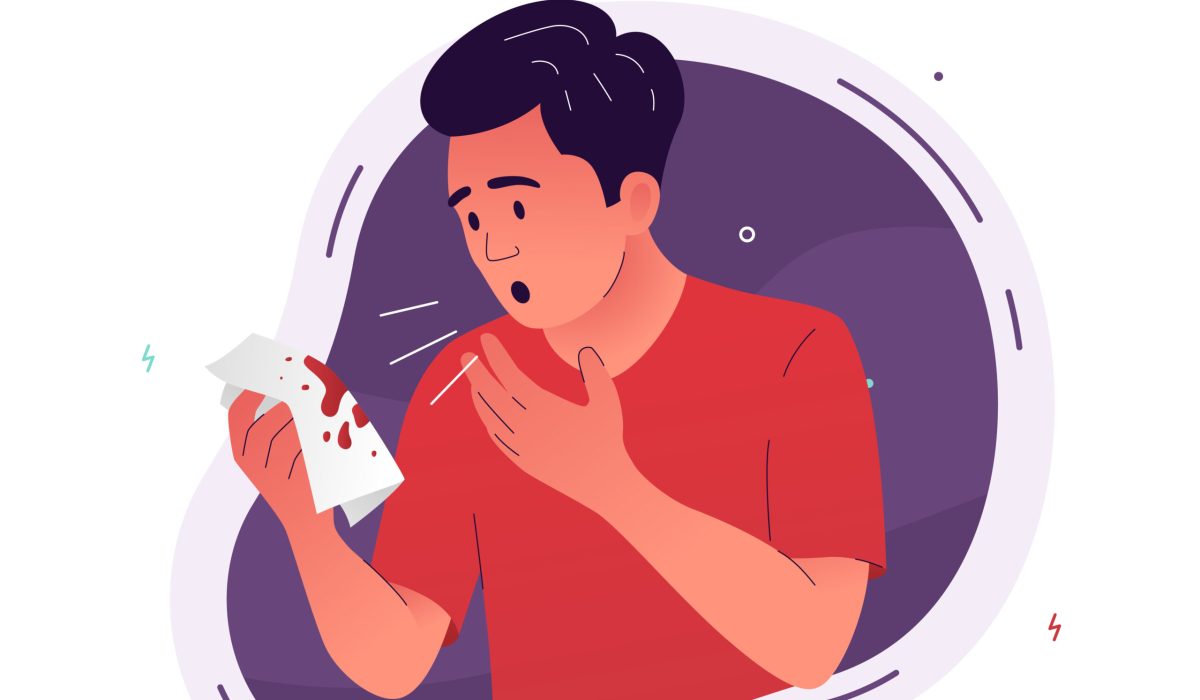What is an Asthma Attack in Children?
An asthma attack in children happens when the airways in the lungs become narrow and swollen. Because of this, it becomes hard for your child to breathe. Asthma attacks can be mild or severe. Sometimes, they come on quickly. Other times, they build up slowly. According to the CDC, asthma is one of the most common long-term diseases in children. Early care can help prevent serious problems. Understanding childhood asthma symptoms and triggers is important for every parent.
Common Symptoms
Asthma attacks in children can look different for each child. However, some signs are very common. Watch for these symptoms:
Sometimes, children may only show one or two of these signs. Therefore, it is important to pay close attention to any changes in your child’s breathing.
Causes and Triggers
Many things can cause or trigger an asthma attack in children. While some triggers are common everywhere, others may depend on your location or climate. Here are some of the most common causes and triggers:
Because triggers can vary, it helps to keep a diary of your child’s symptoms and possible causes. This can help your doctor find patterns and suggest ways to prevent attacks.
Diagnosis Process
If you think your child may have asthma, a doctor can help with a proper diagnosis. Usually, the process includes:
Sometimes, doctors may ask you to track symptoms over time. This helps them see how often attacks happen and what might be causing them.
Treatment Options
Asthma treatment for children aims to control symptoms and prevent attacks. Most children need a mix of medicines and lifestyle changes. Common treatment options include:
Because every child is different, your doctor will create a plan that fits your child’s needs. Always follow your doctor’s advice and keep medicines handy.
Prevention Tips
Preventing asthma attacks in kids is possible with some simple steps. Here are helpful tips:
With these steps, you can lower the risk of asthma attacks and help your child stay healthy.
When to Seek Emergency Help
Sometimes, an asthma attack in children can become very serious. Seek emergency help right away if your child:
Quick action can save lives. Therefore, always know where your nearest emergency room is located.
Conclusion and Call-to-Action
Asthma attacks in children can be scary, but with the right care, most kids live healthy lives. By learning about childhood asthma symptoms, causes, and prevention, you can help protect your child. If your child shows signs of an asthma attack, consult a healthcare specialist for personalized advice.
